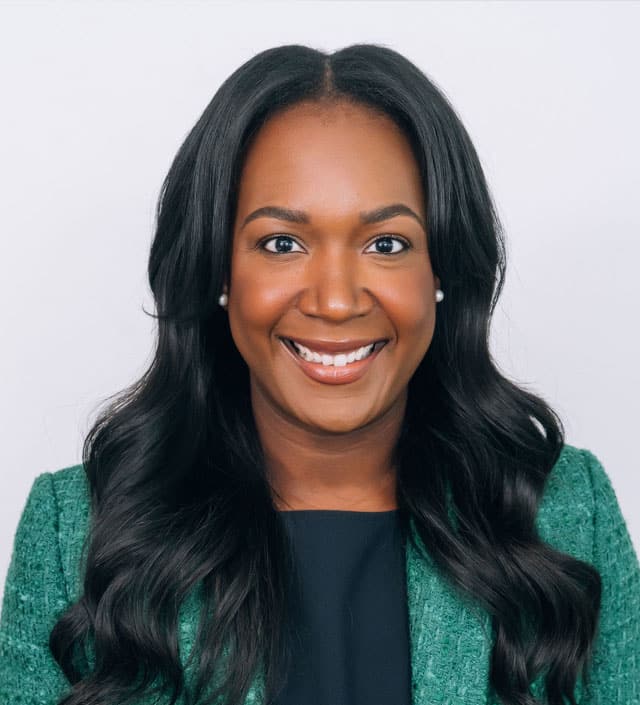
For many of our clients, life insurance is something they needed at one time — likely in their younger years, when they were starting their families — but is no longer a major part of their financial picture. And yet, when used correctly, life insurance can form a vital source of security for a retirement plan, for funding the sale or purchase of a business, or for other important financial considerations beyond providing for the security of a young, growing family.
The point is, we need to help our clients remember that buying life insurance is not a set-it-and-forget-it kind of event. Just as with their overall financial strategy, their estate planning documents and other important parts of their financial lives, we need to remind our clients — even our older ones — to periodically review their life insurance and make sure it has kept pace with their circumstances and needs.
Here are five specific life events common to many clients age 50 and older that necessitate a close look at the type, amount and provisions of their life insurance coverage.
1. Changes in family status. Marriage and the birth of children are the triggering events we usually think of here, but these aren’t the only times when clients should re-evaluate the adequacy of their coverage. If your client becomes responsible for providing support for an elderly parent or other relative, that’s another family change that can create the need for adding coverage, even in later years. With “gray divorce” become ever more prevalent, an older client’s life insurance needs may be decreased or increased, depending on the post-divorce situation, whether children and grandchildren are involved, and other factors. On the other hand, if an older client loses a spouse — particularly if the spouse did not contribute significant income to the household — the need for life insurance may be less. As their financial advisor, you should review their situation and provide a careful assessment of needs and recommended actions.
2. Changes in career or business. Suppose your client started in business as a sole proprietor, but has since added a key partner. This can create the need for more or different coverage to provide the funds to ensure business continuity in the event of the death of one of the partners. Or it may be that over the years, your client has risen through the ranks at their employer, and their income has increased greatly since they originally purchased their life insurance. If their income has grown, has their insurance coverage grown with it? If they don’t have sufficient liquid assets to ensure continuity of a comfortable lifestyle for a spouse or other dependents, life insurance and its ability to create an “instant estate” may be an important consideration.
3. New or different financial obligations. Has your client taken on a significant business loan? Have they co-signed on debt with a partner? Life insurance can provide funds to keep your older client or their family from being forced to take on difficult financial burdens in the event of their passing or the passing of a key business associate. Alternatively, if your client is approaching retirement and planning to sell a business in order to fund retirement, life insurance can provide an important hedge for your client’s dependents in the event of the client’s premature death before the sale of the business can be consummated.
4. Approaching retirement. It may be surprising for some to learn that life insurance can have important implications for retirement. Many who are now thriving retirees purchased guaranteed cash-value policies in their younger years to provide security for their families, and many of those policies, some of which may be fully paid, have accumulated significant cash value, even if they have been lying forgotten in a filing cabinet for years. While the death benefits of the policies may be less important now because of the availability of other financial resources, guaranteed cash values in fully matured insurance policies, which may be earning very modest rates of interest, can provide significant assets for reinvestment to help fund a retirement lifestyle. As you counsel your clients who are retired or approaching retirement, be sure to ask them about any life insurance policies they may still own. Even if they don’t wish to surrender the policy for its cash value, they may be able to borrow the cash value for other uses. Policy loans often need not be repaid, since the insurance company will reduce the death benefit payable by the amount of any outstanding principal and interest (typically much lower than the rate on a bank loan).
5. In retirement. The most basic function of life insurance is to replace the income of a deceased wage earner whose family is dependent on the income. In retirement, many individuals rely much less on earned income and more on Social Security and pension benefits, along with earnings from investments. Because these sources typically continue beyond death, those with secure retirement incomes may need very little, if any, life insurance. Exceptions to this would include retirees who still have significant debt, those who are using life insurance proceeds to fund estate planning strategies, and those who are still earning income outside of the sources mentioned above. The need for life insurance after retirement — or the lack of need — is something you should discuss carefully with clients as they approach retirement. Each situation is slightly different, and your guidance will need to reflect this.
The challenge with purchasing life insurance as an older individual, of course, is qualifying medically. The younger and healthier the purchaser, the lower the cost for insurance. Nevertheless, there are sources for insurance on the lives of older persons, even age 70 and beyond. A professional insurance broker can work with you to find a reliable company that underwrites coverage for older individuals.
Kimberly Foss, CFP®, CPWA®, CFT-I™ candidate is president and founder of Empyrion Wealth Management™ and author of Wealthy by Design: A 5-Step Plan for Financial Security. Kimberly combines a technical expertise with a real passion for her work with her clients, including family stewards, women in transition and thriving retirees. Kimberly regularly shares her financial expertise with leading media outlets.







